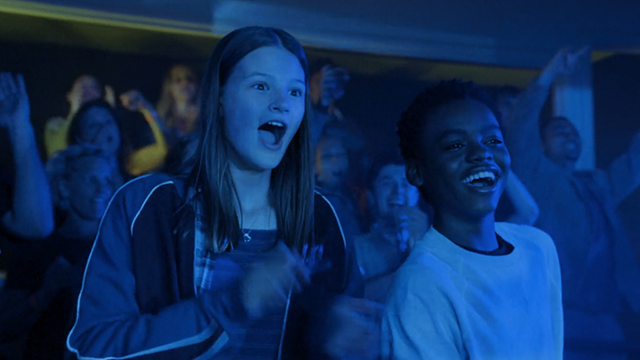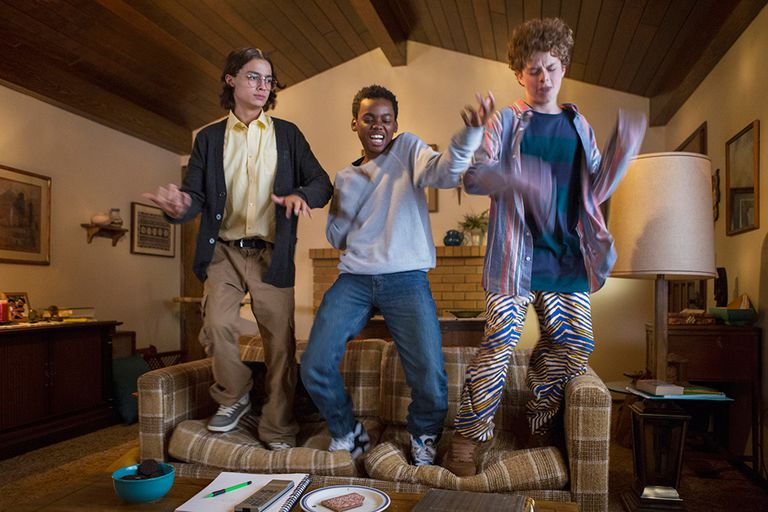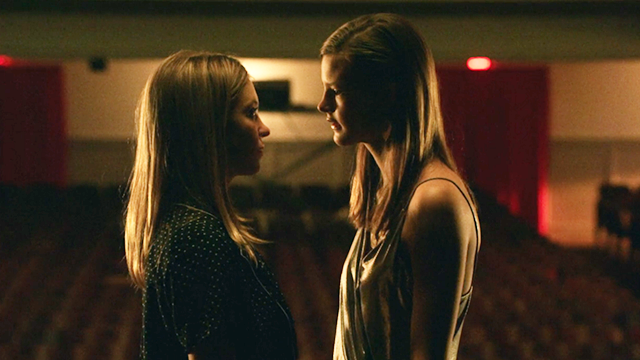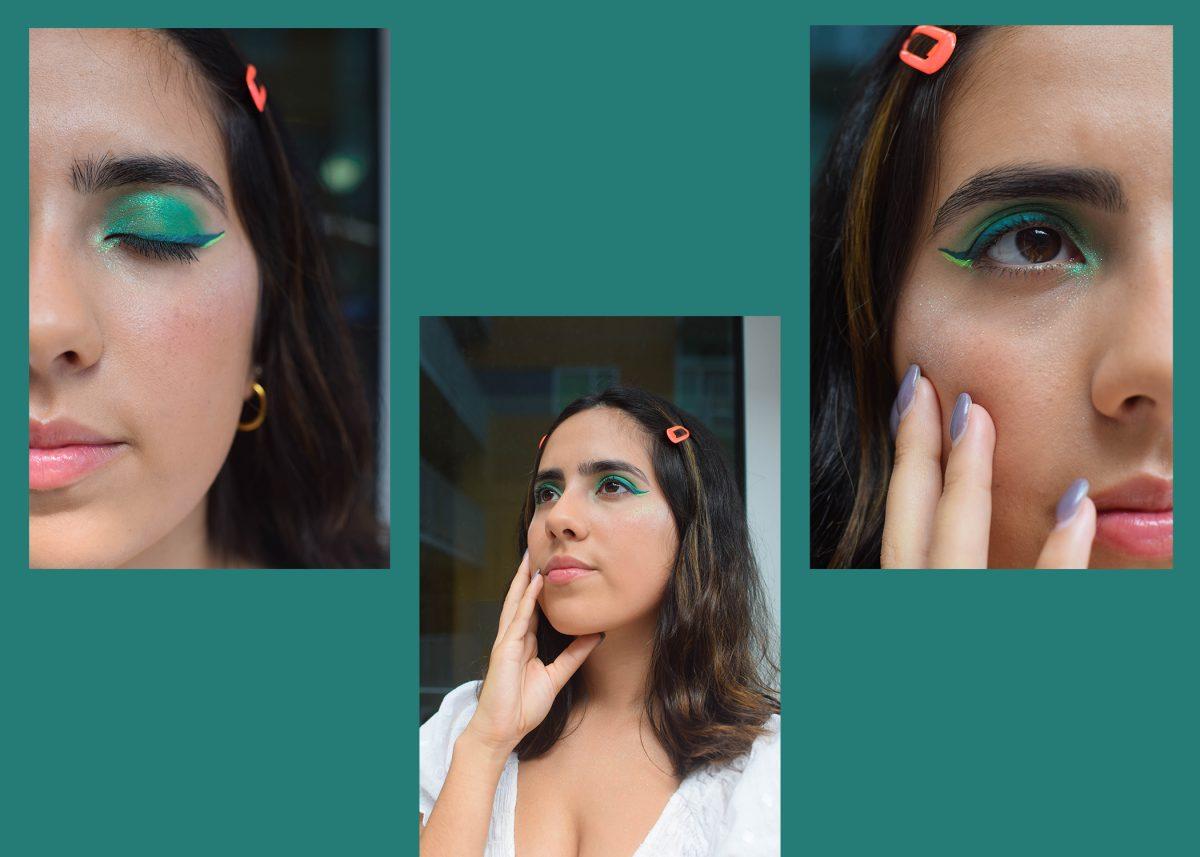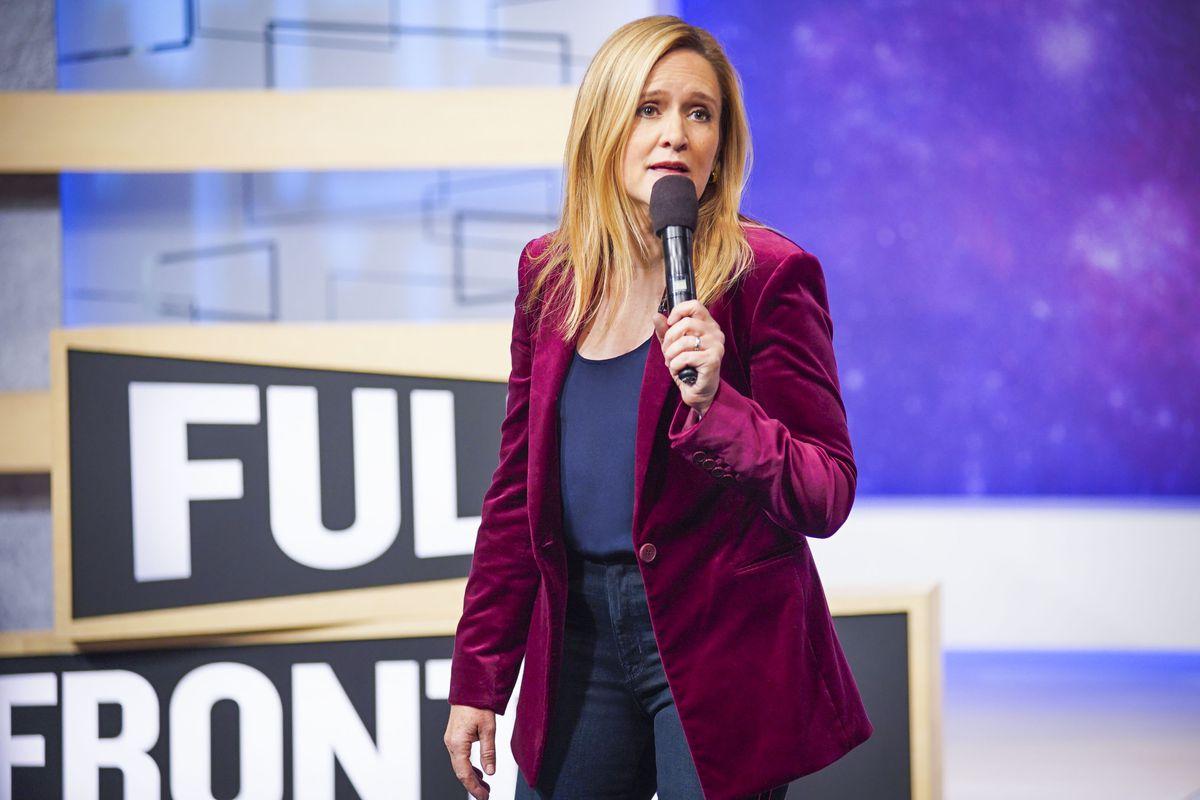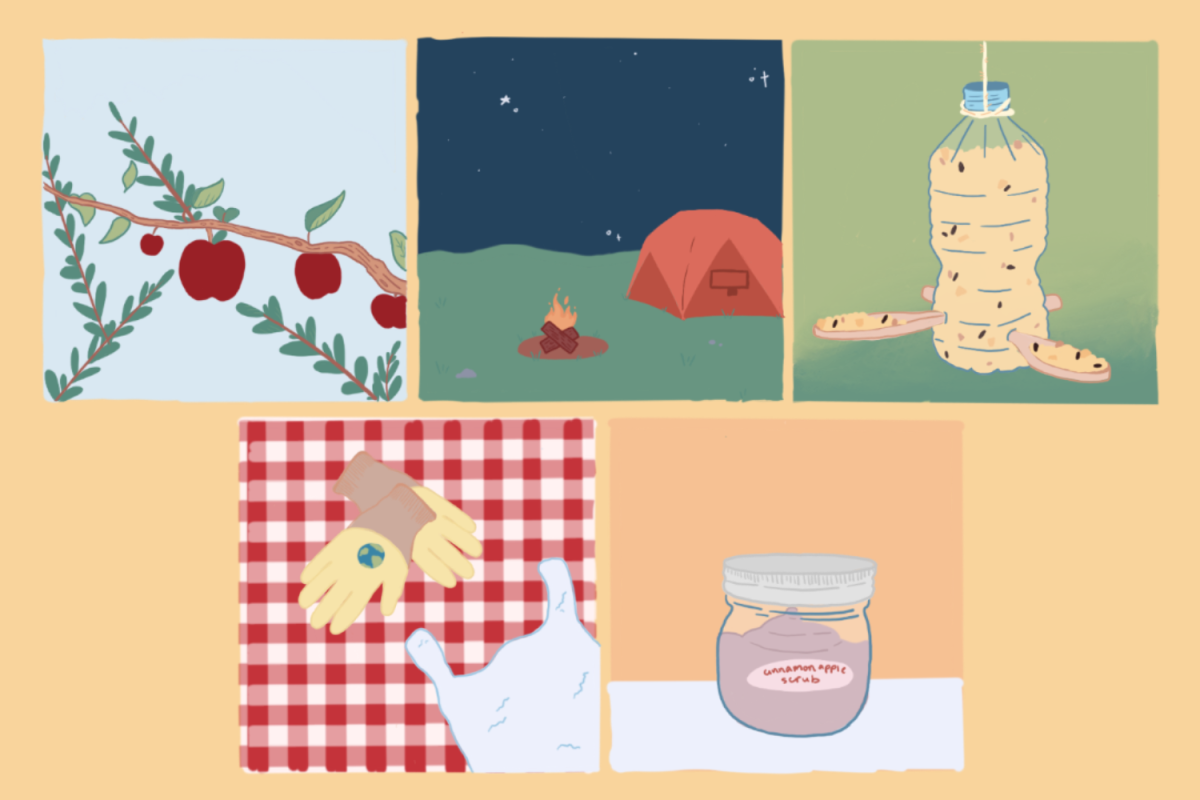Photo courtesy of Autostraddle
‘90s nostalgia is inescapable in pop culture. The decade is sewn into clothes, vibrates in music and appears in front of the camera, but where does sentimental imagery belong within the increasingly politicized media scene of 2018? Netflix’s new original series, “Everything Sucks!” answers that question (minor spoilers ahead).
Story by Selome Hailu
Simply put, “Everything Sucks!” is to the ‘90s what “Freaks and Geeks” was for people who grew up in the ‘80s. It’s a coming-of-age comedy-drama, in which teen crises about cringey parents, cliquey high schoolers, and fleeting crushes are matters of life and death. Beyond its feel-good surface, the Netflix original is doing a lot more.
Let’s start with the protagonist. Luke O’Neil is a good, sweet 14-year-old who does well in school and has a great relationship with his mother. He has healthy friendships with his two best buds from middle school, who are just as nerdy as he is. He is everything one might expect of a mid-puberty suburbia kid. But what the show never mentions, because it does not have to, is that Luke is black. “Everything Sucks” does not ignore or try to overshadow Luke’s blackness, which is not his only important characteristic.
Photo courtesy of Cosmopolitan
Luke tries to fit in at his high school and follow his passion for film. On the first day of his freshman year, he joins the AV club and sets his sights on Kate Messner, the principal’s daughter. The plot sounds simple enough: boy likes girl, boy asks girl out, girl says yes, followed by cliche after cliche. But everything gets complicated when Kate confesses to Luke, who is falling for her hopelessly, that she is gay.
Characters like Luke have not always existed, especially not in the ‘90s. Popular black sitcoms from the decade include “Fresh Prince of Bel-Air,” “Family Matters,” and “Everybody Hates Chris” which, while iconic, focused on race and had to either fit into stereotypes or greatly emphasize not fitting in. Nerdy characters like Chris, Carlton, and Urkel were all told that their nerdiness made them “not black enough.” While conversations about race and stereotypes are important, if these are the only conversations on screen, it becomes harder to see that people of color are more than their pain. In contrast, Luke O’Neil’s blackness and nerdiness are normalized. Race is not his entire life. He struggles with friendship, romance and loss just like everyone else does.
In the ‘90s, “Will and Grace” was one of the only sitcoms with a starring gay character, an adult male. So, the inclusion of Kate Messner, an adolescent girl, represents yet another community that the media tends to ignore. Unlike Luke, her identity is a major plot point of the show, but it is handled it in a manner that avoids overusing the pain of generations of oppressed queer people. Instead, the creators of the show allow her to grapple with her sexual orientation in a way that focuses inward.
As Kate learns more about herself and who she is attracted to, the show chooses not to focus on homophobia and bullying (while referencing it enough to stay realistic). Rather, it lets her understand her queerness as a part of her identity that informs her friendships and empowers her, if she allows it to. “It’s not about you!” she exclaims when Luke oversteps a line while he tries to understand his relationship to her as a lesbian. Her healthy focus on her own boundaries demonstrates a growth that everyone needs and can relate to—her struggles aren’t those of queer people alone. So when she finds herself with someone who allows her to be herself, it’s a win for everyone, regardless of identity.
Photo courtesy of Autostraddle
In recent years, there has been an increasing demand for socially conscious, politically progressive ideals in our media. In 2017, “Moonlight” became both the first movie with an all black cast and the first about a queer character to win the Oscar for Best Picture. This year’s Academy Awards gave way to dialogue about inclusion riders, which a growing number of actors are including in their contracts. “Black Panther” and “Love, Simon” are just a few examples of recent positive representations of black and queer people. “Everything Sucks!” adds to this forward momentum while still holding onto what we love about days gone by.
Criticisms of the show generally include that it is a bit too cheesy, which is valid. The opening of the pilot feels a little like a game of “How many obvious ‘90s references can we jam into the first 10 minutes?” But watch the show with a few good friends and you will laugh more than you cringe.
Luke and Kate re-insert blackness and queerness to the societal memory of the past. Too often, nostalgic aesthetics focus on the straight, the white, the “normal.” Wade through the cheesy references and high school drama and it is easy to see that this show provides exactly the kind of message needed to rectify some of the damage done by unequal representation in media. With a focus on normalizing marginalized identities, “Everything Sucks!” might lead a movement for change.































